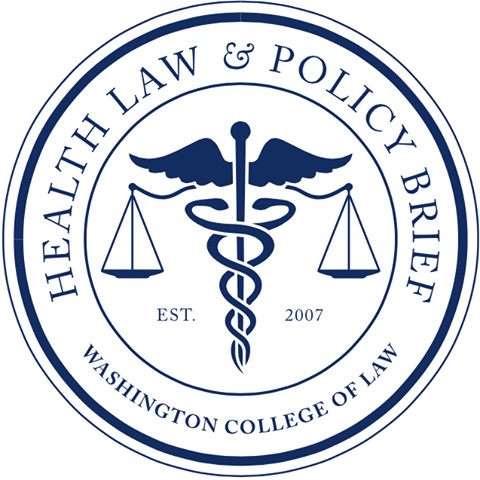In March, the FDA finally approved Sage Therapeutics’ drug Zulresso (brexanolone) as the first drug intended to treat postpartum depression (PPD) in adult women. Before Zulresso, the only drug used to treat PPD was anti-depressants. Compared to anti-depressants, which could take weeks to regulate PPD symptoms, Zulresso improves symptoms within days. The approval of Zulresso marks a crucial milestone for women who have long suffered from PPD.
Having a baby is supposed to be a joyous occasion, however, within days, or even hours, many women feel depressed. Some women experience the less severe form of the “baby blues” while others suffer from severe and life-threatening PPD. PPD is a major form of depression that occurs in about 1 in 9 women after childbirth. PPD symptoms vary but often include feelings of extreme sadness, anxiety, suicidal thoughts, and severe doubts about the mothers ability to care for her baby. All women are susceptible to PPD because PPD does not manifest itself in one “type” of person, i.e. specific race, culture, etc. Some experts believe that PPD is more prevalent than reported because not all women talk about or seek treatment for PPD. Zulresso is the first drug to provide hope to the millions of women who suffer from this disorder.
Yet, although Zulresso seems like a saving grace, it is still a drug that comes with serious risks. The FDA reported that serious risks, like excessive sedation or sudden loss of consciousness, occurred after taking Zulresso. Because of these risks, Zulresso was approved with a Risk Evaluation and Mitigation Strategy (REMS). A REMS program helps ensure FDA that the benefits of the drug outweigh its risk and that patients taking the drug are safe. In Zulresso’s case, the REMS program makes Zulresso available only through an intravenous (IV) injection that must be administered and monitored by a health care provider. Since Zulresso takes a total of 60 hours to administer,the REMS program requires patients to be continually monitored the entire administration period. In addition, all patients must be registered and complete counseling before taking Zulresso.
However, a drug this powerful won’t come cheap. A one-time infusion of Zulresso is expected to cost $34,000 before discounts. For many women without insurance, Zulresso may be unattainable. However, since Zulresso has been clinically proven to be effective for PPD, many women will find its price worth it. Even Sage’s chief executive officer, Jeff Jones, acknowledged the high price of Zulresso, and said that “Zulresso’s medical benefits will overcome any concerns about cost and delivery.”
Zulresso is expected to launch in late June, and Sage Therapeutics is already working on creating centers for women to have access to the drug. Although the nation is excited about Zulresso, Sage Therapeutics is already working on another fast-acting antidepressant pill that could treat postpartum depression too. However, Zulresso and Sage Therapeutics might have some competition from Marinus, a company also developing and testing a drug to treat PPD. Competition or not, the approval of Zulresso means that fewer women have to suffer and many more women can enjoy motherhood.
